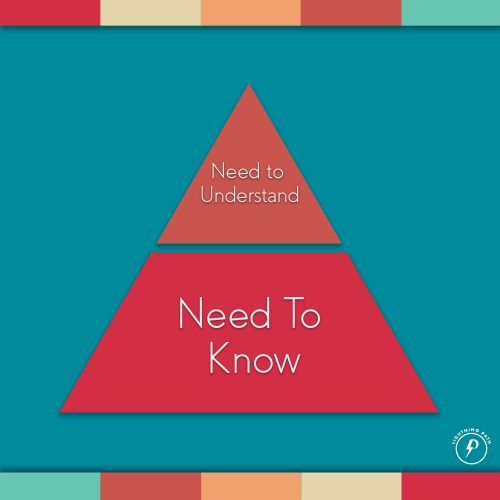Hierarchy of Cognitive Needs
An Avatar.Global Resource
Hierarchy of Cognitive Needs
The Hierarchy of Cognitive Needs is Abraham Maslow's second hierarchy of needs.[1] [2] It includes the biologically rooted need to know (about the world) and the need to understand the world.
List of Terms used by Abraham Maslow
Aggridant, B-Cognition, B-Needs, B-Realm, B-Values, Being-Guilt, Big Problem, D-Cognition, D-Realm, Deficiency Diseases, Diminished Human Being, Eupsychia, Eupsychian Education, Eupsychian Management, Eupsychian Psychology, Eupsychian Theory, Eupsychian Therapy, Good Chooser, Good Person, Good Science, Good Society, Good Specimen, Growing-Tip Statistics, Hierarchy of Basic Needs, Hierarchy of Cognitive Needs, Horticultural Model, Human Diminution, Human Motivation, Human Potential, Humanistic Psychology, Inner Signals, Intrinsic Conscience, Jonah Complex, Metapathology, Motivation, Normalcy, Normative Biology, Peak Experience, Plateau Experience, Real Self, Sculptural Model, Self-Actualization, Transcending Self-Actualizers, Transhumanistic, Transpersonal Psychology
Related LP Terms
Human Development : Seven Essential Needs > The part ":" of the query was not understood.</br>Results might not be as expected.
Non-LP Related Terms
Human Development : Seven Essential Needs > The part ":" of the query was not understood.</br>Results might not be as expected.
Notes
Abraham Maslow's Hierarchy of Cognitive Needs

No doubt Maslow based his statement of the existence and significance of cognitive needs on his clinical evidence, these needs are self-evident in every small child. The need to know is on display in children at a very early age. As Maslow says, this is the "basic desire to know, to be aware of reality, to get the facts, to satisfy curiosity, or as Wertheimer phrases it, to see rather than to be blind." (Maslow, 1943, p. 385). On the need to understand, Maslow observed that "even after we know, we are impelled to know more and more minutely and microscopically on the one hand, and on the other, more and more extensively in the direction of a world philosophy, religion, etc." (Maslow, 1943, p. 385). In other words, it was never enough to just know something, we also had to understand. According to Maslow, "The facts that we acquire, if they are isolated or atomistic, inevitably get theorized about, and either analyzed or organized or both. This process has been phrased by some as the search for 'meaning.' We shall then postulate a desire to understand, to systematize, to organize, to analyze, to look for relations and meanings"(Maslow, 1943, p. 385). Maslow notes of the need to know and the need to understand, "we see that they too form themselves into a small hierarchy" [3]
Citation and Legal
Treat the SpiritWiki as an open-access online monograph or structured textbook. You may freely use information in the SpiritWiki; however, attribution, citation, and/or direct linking are ethically required.
Footnotes
- ↑ Maslow, A. H. “A Theory of Human Motivation.” Psychological Review 50, no. 4 (1943): 370–96.
- ↑ Sosteric. “Abraham Maslow’s TWO Hierarchies of Need.” Lightning Strike, 2019. https://medium.com/human-spirituality/abraham-maslows-two-hierarchies-of-need-c435329ae437.
- ↑ Maslow, A. H. “A Theory of Human Motivation.” Psychological Review 50, no. 4 (1943): 385.
